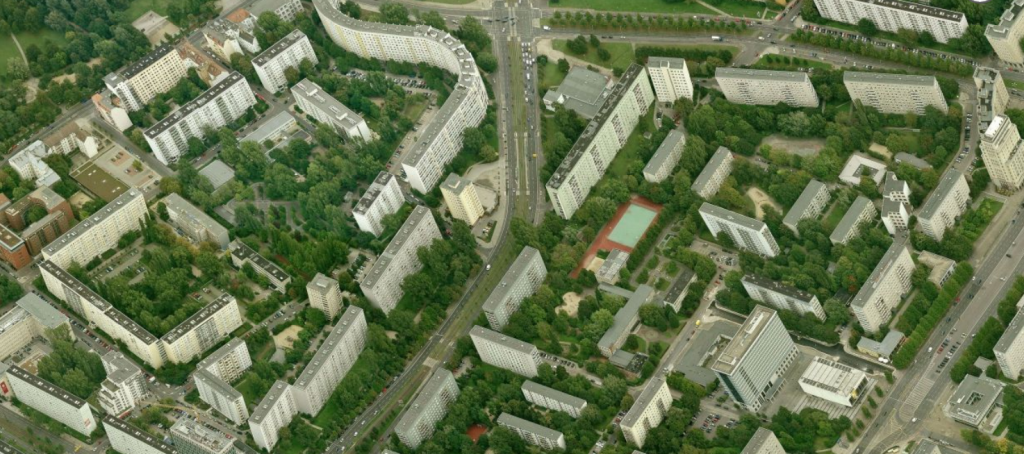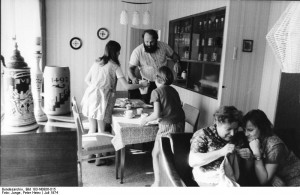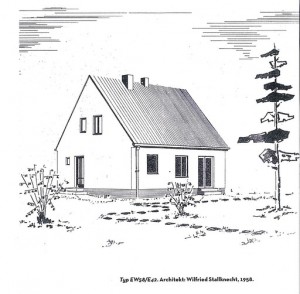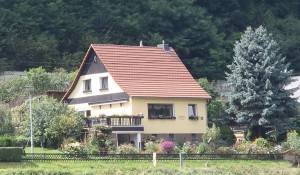

I recently learned that virtually nothing in English has been written on the man who was arguably the most important German architect since World War II. And so I wrote what is only the second English-language article (and only Wikipedia entry) on Wilfried Stallknecht*. By “important” I mean “had the greatest influence on buildings in Germany”. He didn’t redefine architecture as we know it or create a revolutionary visual language, and his buildings are neither beautiful nor dramatic, but he may have had the most influence on the largest number of buildings. The wide influence stems from two innovations dating from 1958: prefabricated apartment buildings that went on to house millions, and a single-family house design of which 500,000 were built.
Stallknecht and his team were the first to build apartment buildings using prefabricated panels. Continue reading “The near-anonymous architect who defined the postwar German cityscape – and why boring design is important”

